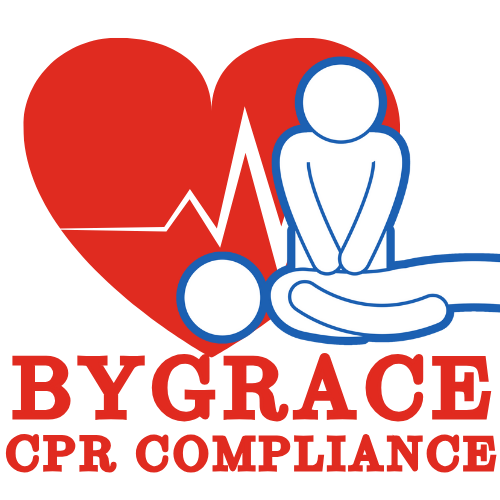Leukemia is a type of blood cancer that affects the bone marrow and blood cells. There are several different types of leukemia, and they are classified by how quickly they progress and how mature the blood cells are.
There are four main types of leukemia: acute lymphocytic leukemia, chronic lymphocytic leukemia, acute myeloid leukemia, and chronic myeloid leukemia. Acute lymphocytic leukemia is the most common type in children, while chronic lymphocytic leukemia is the most common type in adults. Acute myeloid leukemia and chronic myeloid leukemia are both more common in adults.
Types of Leukemia
ACUTE LYMPHOCYTIC LEUKEMIA
Acute lymphocytic leukemia (ALL). ALL is a cancer of the white blood cells. In this type of leukemia, the bone marrow makes too many immature white blood cells, called lymphocytes. These cells crowd out the healthy cells in the bone marrow and blood, making it hard for the body to function properly. The symptoms of ALL include fever, easy bruising, fatigue, shortness of breath, and bone or joint pain.
CHRONIC LYMPHOCYTIC LEUKEMIA
Chronic lymphocytic leukemia (CLL). CLL is a cancer of the white blood cells, similar to ALL. However, in CLL, the bone marrow makes too many mature white blood cells, called lymphocytes. The symptoms of CLL are similar to the symptoms of ALL, but they tend to develop more slowly. Next, we’ll discuss acute myeloid leukemia (AML). AML is a cancer of the blood cells, but it’s different from ALL and CLL because it affects a different type of white blood cell.
ACUTE MYELOID LEUKEMIA
AML starts in myeloid stem cells, which are a type of blood cell that develops into different types of mature blood cells. The symptoms of AML are similar to the symptoms of ALL and CLL. In addition to these symptoms, AML can also cause swelling of the spleen, which is an organ in the abdomen.
CHRONIC MYELOID LEUKEMIA
Chronic myeloid leukemia (CML). CML is a slow-growing type of leukemia, and it’s similar to CLL in that it starts in mature white blood cells. The symptoms of CML are similar to the symptoms of other types of leukemia, but they may take longer to develop. Additionally, CML can cause swelling of the spleen and other organs in the abdomen. Next, I’ll talk about the risk factors for leukemia.
Risk Factors of Leukemia
RIsk factors for leukemia include age, gender, race and ethnicity, family history, exposure to radiation or certain chemicals, and having certain blood disorders.
Age is a major risk factor for leukemia, with most cases occurring in people over the age of 55. Gender is also a risk factor, with men being more likely to develop leukemia than women.
Some racial and ethnic groups have a higher risk of leukemia than others. For example, people of European descent have a higher risk of leukemia than people of Asian or African descent.
Other general risk factors include family history, meaning that you have a higher risk of developing leukemia if you have a family member who has had it.
Exposure to high levels of radiation or certain chemicals, such as benzene, can also increase your risk of leukemia. Finally, having
Certain blood disorders, such as myelodysplastic syndrome, can also increase your risk of leukemia.
Diagnosed and Treatment of Leukemia
Diagnosis of leukemia typically involves a combination of physical exams, blood tests, and imaging tests. Physical exams and blood tests can help determine whether you have leukemia and what type it is. Imaging tests, such as X-rays, CT scans, and bone marrow biopsies, can help determine how far the cancer has spread.
Once you’re diagnosed with leukemia, your doctor will recommend a treatment plan based on your age, overall health, and the type and stage of leukemia you have.
Treatment:
Wonderful! So, treatment for leukemia typically involves chemotherapy, radiation therapy, stem cell transplant, and targeted therapy. Chemotherapy is the most common treatment for leukemia. It involves using medications to kill cancer cells. Radiation therapy uses high-energy beams to kill cancer cells. Stem cell transplant is a procedure that replaces damaged blood-forming cells with healthy cells. Targeted therapy uses drugs to target specific genes or proteins in cancer cells. In addition to these treatments, some people with leukemia may also receive supportive care, such as blood transfusions or nutritional support.

0 Comments